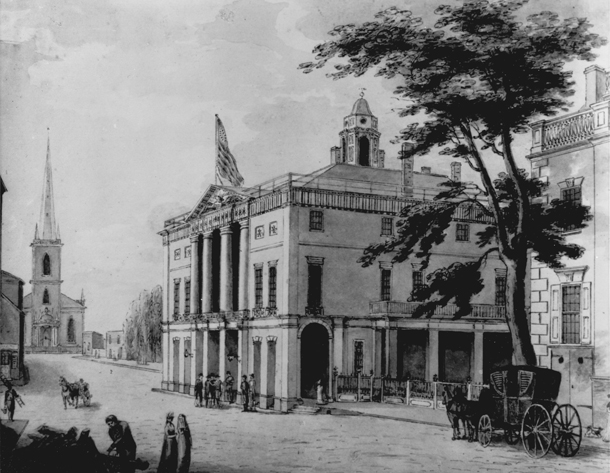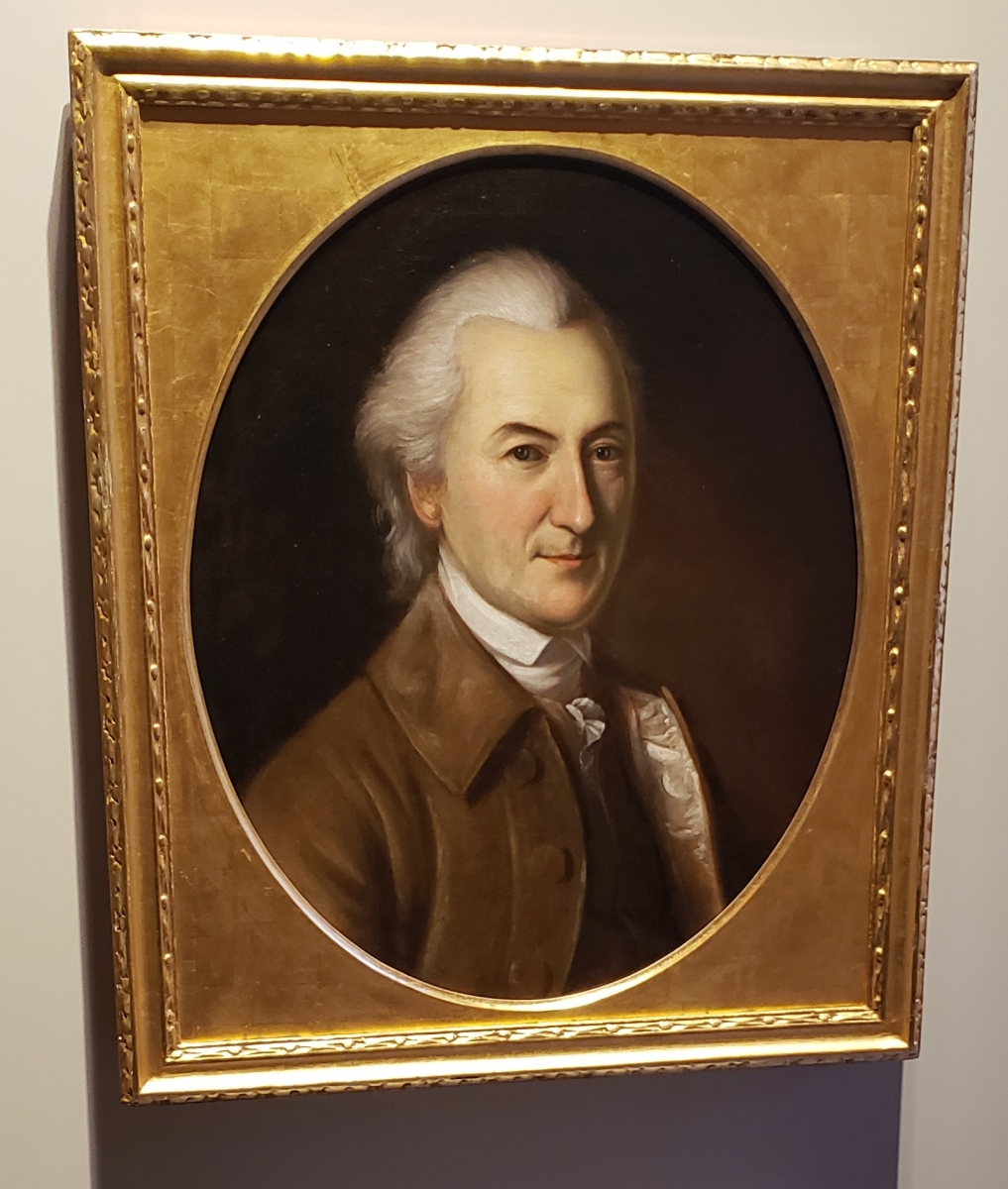Related Posts
- Buy Tickets for The Constitutional Walking Tour of Philadelphia – See 20+ Sites on a Primary Overview of Independence Park, including the Liberty Bell and Independence Hall
- Independence Hall Tickets & Visitor Guide
- Liberty Bell Tickets & Visitor Guide
The Stamp Act Congress represented the first gathering of elected representatives from the British Colonies in North America and facilitated rallying cry of "No taxation without representation!"
The Stamp Act of 1765
After the conclusion of the French and Indian War (also known as the Seven Years’ War), Great Britain was in debt and looking for ways to raise money. The Parliament of Great Britain had decided to impose a stamp tax on the American Colonies. The Stamp Tax required that printed materials in the Colonies must be produced on stamped paper produced in London that carried an embossed revenue stamp. Everything from newspapers, magazines, playing cards and legal were to be taxed through this system. The tax was presented to Colonists as a means to raise payment for British troops providing protection for the American Colonies.
The Stamp Act was extremely unpopular in the American Colonies where the general sentiment was that they had already paid their fair share for the French and Indian War, and that the continued British Military presence in the Colonies was unwarranted. Beyond the unfairness of the Stamp Act itself, even more importantly the Colonists viewed British Parliament’s attempt to tax them as unlawful and a violation of their rights. Because no one in the American Colonies had any ability to vote for the members of The Parliament of Great Britain, the Colonists contended that Parliament did not represent them, and thus any attempt by Parliament to tax American Colonists was taxation without consent.

Stamp Act Congress
After the Stamp Act was announced, there were widespread protests throughout the Colonies, some of which were violent. The Stamp Act Congress was organized by the Colonial legislature of Massachusetts through a circular letter distributed to all the British Colonies in North America. Delegates of nine colonies attended the Stamp Act Congress which assembled at Federal Hall in New York City from October 7 to October 25, 1765.
The delegates were able to come together in united opposition to the Stamp Act, and penned the Declaration of Rights and Grievances which outlined why the Parliament of Great Britain had no authority to tax the colonies because there was no representation of the colonies in Parliament. This led to the rallying cry “no taxation without representation!”
Consequences of the Stamp Act Congress
In part because of the Stamp Act Congress, but also due to protests from British merchants who lost revenue due to boycotts of British goods in the Colonies, the Stamp Act would eventually be repealed in 1766. However, while the Parliament of Great Britain was willing to repeal the Stamp Tax, they were unwilling to concede their authority over the American Colonies.
In conjunction with repealing the Stamp Act, Parliament also passed the Declaratory Act which stated that the Parliament’s authority in the American Colonies was the same as their authority in Great Britain, and that Parliament had the authority to pass laws that affected the Colonies including the right to tax the Colonies. The Declaratory Act would set the stage for future disagreements between the Parliament of Great Britain and the American Colonies. Disagreements would eventually lead to the formation of The First Continental Congress.

Notable Members of the Stamp Act
As the Stamp Act Congress took place nearly a decade before the next meeting of Colonial delegates at the First Continental Congress, there was little enduring unity among the Colonies and not much overlap between the delegates.
However, there were some members of the Stamp Act Congress who would go on to take part in the later foundational meetings of the United States. John Morton of Pennsylvania and Caesar Rodney of Delaware were both signers of The Declaration of Independence. John Dickinson of Pennsylvania and Thomas McKean of Delaware went on to be some of the key figures in the drafting of the Articles of Confederation. Dickenson would also help to write the Constitution of the United States along with William Johnson of Connecticut.



